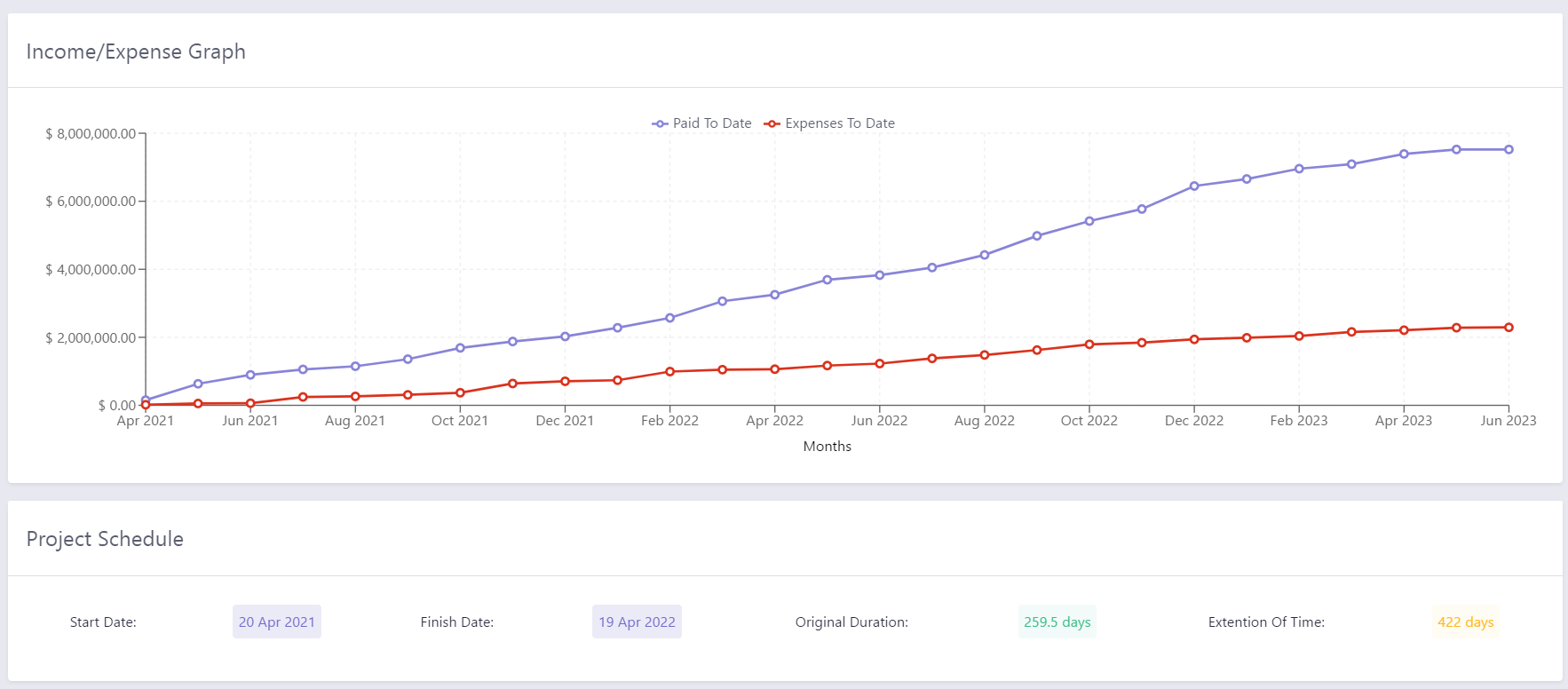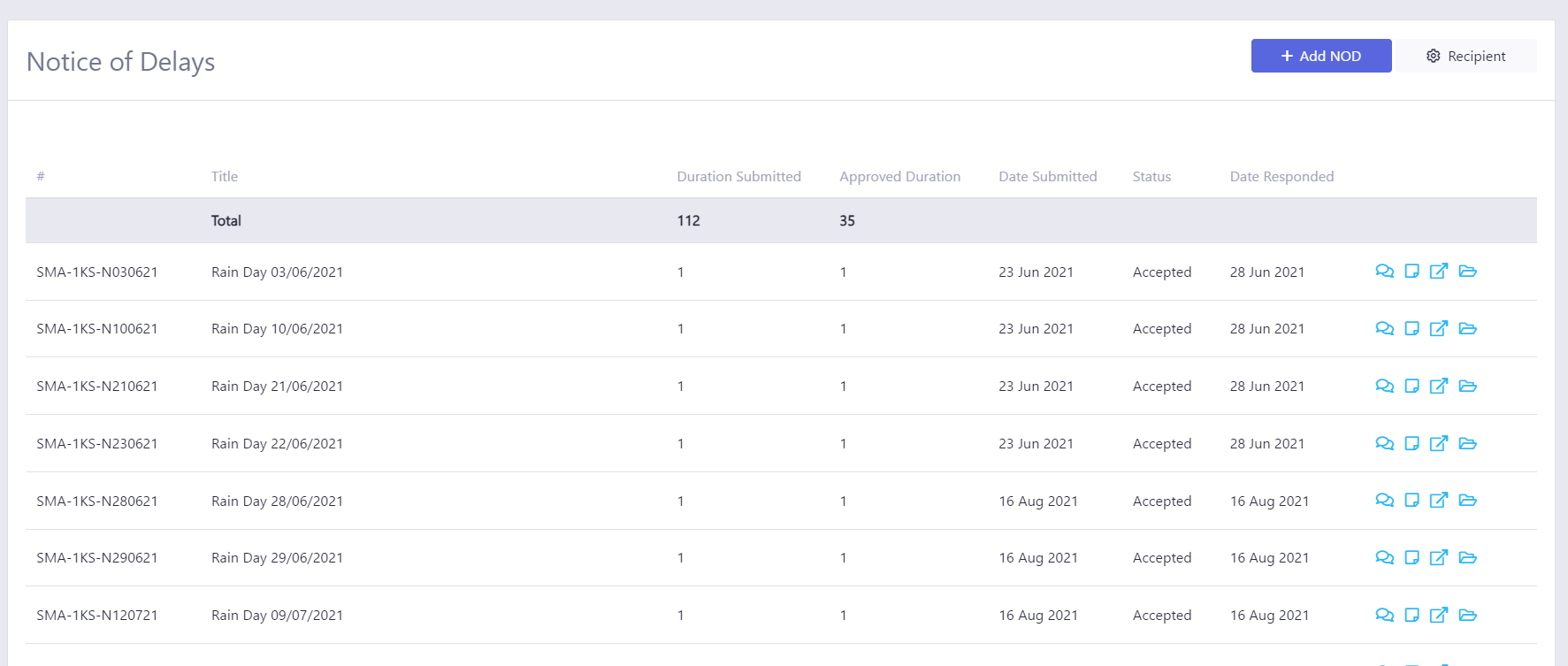
Managing Extension of Time in Australian Construction: Impacts & Strategies
Project Vectors
14 Jun 2023
As a dynamic industry, construction projects inevitably face numerous challenges, often leading to delays in schedule. In Australia, these delays are not an exception but a reality that contractors and project managers frequently encounter. While mitigating the causes of these delays is of utmost importance, managing their implications is equally crucial. One of the primary tools used to manage such disruptions is an Extension of Time (EOT).
What is an Extension of Time (EOT)?
An Extension of Time (EOT) is a formal pact. It gives the contractor extra time to finish a project. The original completion date gets extended due to unforeseen events. These can be weather delays or changes in project scope. Supply chain disruptions or legislative changes also qualify.
Impact on Project’s Progress, Cost, and Cash Flow
Progress
An EOT notably impacts a project’s progress. It gives extra completion time but also delays delivery. This delay can ripple across interrelated tasks and projects, affecting the entire construction chain.
Cost
From a cost perspective, an EOT can have both direct and indirect implications. Direct costs may include higher labour and equipment costs due to the extended duration, whereas indirect costs may involve increased overheads, financing costs, and potential penalty clauses.
Cash Flow
Cash flow is perhaps the most significant financial aspect affected by an EOT. The delay in project completion usually means a delay in payment from the client, impacting the contractor’s liquidity. It may also lead to an increase in financing costs if the contractor needs to borrow more funds to cover the extended period.
Tracking and Managing Extension of Time
To manage an EOT effectively, it’s crucial to establish a system to track and document all project delays. This includes implementing comprehensive project management tools and following a well-defined process for requesting and approving EOTs.
The Australian Standard AS 4000-1997 General Conditions of Contract offers guidance on managing EOT claims. Under this standard, the contractor is required to provide written notice as soon as they become aware of a cause of delay. This “Notice of Delay” should include an estimate of the delay duration and its impact on the completion date. It becomes the foundation for any EOT claims and serves as a record that the event was beyond the contractor’s control.

Post this notification, it’s crucial to follow a strict evaluation process for the EOT claim. This includes verifying the cause of the delay, assessing its impact on the project timeline, and determining a reasonable extension period.
Real-World Examples
Consider a construction project in Sydney that faced an unexpected delay due to a sudden change in building regulations. The contractor promptly issued a Notice of Delay, outlining the situation and estimating a three-month delay due to necessary adjustments to comply with the new rules. After a detailed review, the client approved an EOT, allowing the contractor to complete the project without the risk of penalties.
In another instance, a Melbourne-based infrastructure project was hit by supply chain disruptions due to a global pandemic. The contractor’s Notice of Delay highlighted an estimated six-month delay in getting critical materials. The client recognized this was beyond the contractor’s control and approved an EOT, allowing the project to continue without straining the relationship between the contractor and the client.
Conclusion
Extensions of Time, while sometimes unavoidable, need to be managed effectively to mitigate their impact on a project’s progress, cost, and cash flow. By maintaining a transparent communication channel, promptly issuing Notices of Delay, and managing EOT claims systematically, contractors can navigate these challenging situations, ensuring the successful completion of construction projects in Australia.
See how PVManager can help construction businesses manage their EOTs: Construction Project Management Software Australia – PVManager | Project Vectors



